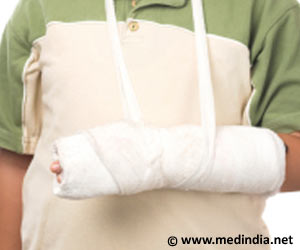The Canadian C-spine rule appears to be more accurate to screen for cervical spine injuries such as fractures in the emergency department as compared with NEXUS.

"In the only direct comparison, the Canadian C-spine rule appeared to have better diagnostic accuracy, and it should be used over NEXUS to assess the need for cervical spine imaging," writes Dr. Chris Maher, Director, Musculoskeletal Division, The George Institute for Global Health, The University of Sydney, Sydney, Australia, with coauthors.
Both rules, which were developed independently using large patient samples, are recommended in many international guidelines to help exclude important cervical spine injuries. However, there is no consensus as to which rule is preferable. Screening tools such as these are useful because they can reduce the need for unnecessary diagnostic imaging, which can expose patients to radiation, psychological distress and is also costly.
Researchers from Australia and The Netherlands looked at 15 research studies evaluating the use of either or both rule in diagnosing cervical spine injuries. However, only one study directly compared the two rules; all 14 other studies included in the analysis assessed accuracy of each rule separately. The Canadian C-spine rule appeared to have better diagnostic accuracy and a lower rate of false negatives compared with NEXUS. A negative test helps exclude an important spinal injury and thus the need for diagnostic imaging.
However, both rules are effective in excluding cervical spine injuries while ensuring patient safety as this and previous studies show.
"Despite these findings, there is a more liberal use of imaging in current clinical practice, which may reflect patient preference, physicians' fear of litigation or missing a fracture, or uncertainty of the application or accuracy of the screening tools," write the authors. "Improved education of physicians may facilitate greater use of these rules."
Advertisement
Source-Eurekalert









